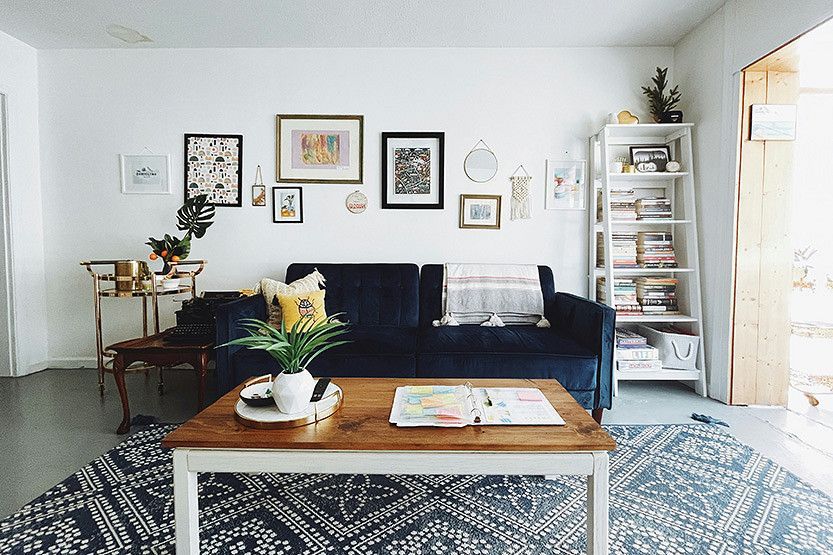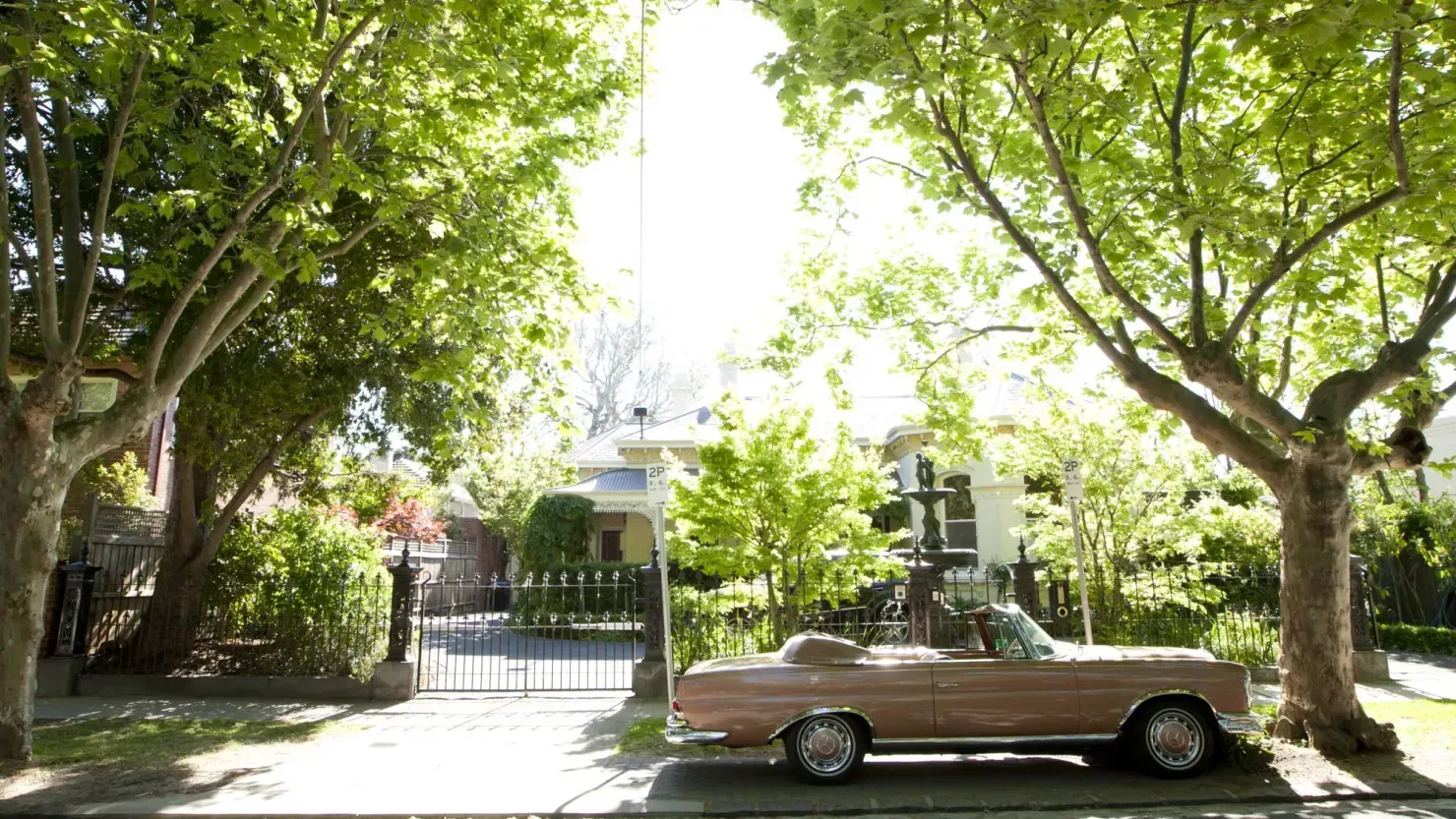From Smith Street to Shopfronts for Lease: How Dupes and Fast Fashion Are Rewriting Melbourne’s Retail Story
Melly Shute | 7th November, 2025
Smith Street used to be a stage: cafés buzzing, boutiques bursting with treasures, foot traffic like background music. Now it is more like a ghost town with better lighting. “For Lease” signs replace chatter, empty windows replace whimsy, and landlords are left wondering if tumbleweeds pay rent.

Smith Street used to be a stage: cafés buzzing, boutiques bursting with treasures, foot traffic like background music. Now it is more like a ghost town with better lighting. “For Lease” signs replace chatter, empty windows replace whimsy, and landlords are left wondering if tumbleweeds pay rent.
The story of Melbourne’s streets is no longer about cafés and boutiques it is about Temu, fast fashion, and the slow death of foot traffic. Retail vacancy in Melbourne is 9.1 percent, down from a peak of 31.5 percent in 2021. Something has shifted and it is not just the rent. Empty shops make it harder for landlords to find tenants, slow the leasing market, and drain the life from streets that once thrived.
The villain in this story is convenience culture. Online shopping, fast fashion, and copycat products have drained our streets of energy, strangled local creativity, and left commercial landlords staring at empty shopfronts wondering who, if anyone, will pay their land tax bill. Every purchase of a cheap dupe is one less step through a real high street door and one more shuttered boutique or café.
Shopping at cheap and nasty online retailers floods the market with worthless goods that fall apart faster than a flimsy umbrella in a Melbourne windstorm. Fast fashion and Kmart knock offs blatantly copy creative designs, undercut creators, and hollow out Melbourne’s streets. Original designers struggle to compete with mass produced knock offs and the unique flair that makes our high streets special is fading.
Have you been to an op shop lately? They used to be treasure troves of unique bargains and hidden gems. Now they are filled with fast fashion junk and mass-produced items that would make your Nan weep. This is not just a loss for bargain hunters it is a loss for landlords, investors, and the quirky charm that makes our streets feel like Melbourne.
I’m far from the ‘save the world’ type, but the damage is clear to see when mass corporations knock off Melbourne creatives, flood the streets with copycats, and hollow out the neighbourhoods that make this city unique. This is not about politics it is about protecting the character, creativity, and financial health of the streets we actually walk on.
Empty shopfronts have serious consequences for commercial leasing. Landlords struggle to find tenants when shoppers don’t show up. Vacant shops reduce surrounding property values, discourage investment, and slow the retail market. Council interventions like rate increases or activation grants only go so far if residents continue to click/buy online instead of supporting local stores. Every empty shop is a reminder that leasing is not just about contracts it is about foot traffic, creativity, and community engagement.
Life is busy. It is convenient to grab what you need from Kmart where parking is free and everything feels fast and effortless. But the vitality of our neighbourhoods and the commercial leasing market depends on the choices we make every day. Supporting local cafés, boutiques, and galleries may take a little more effort, but it keeps streets alive, landlords confident, and the creative economy thriving. There is nothing wrong with shopping local, but everything is at stake if we do not.
Melbourne’s streets are only as vibrant as the people walking them. Every purchase, every visit, every choice matters. Step off the couch, skip your online basket, avoid copycats, and put your footsteps, attention, and wallets where the community and local landlords can see them.
Share This Blog






